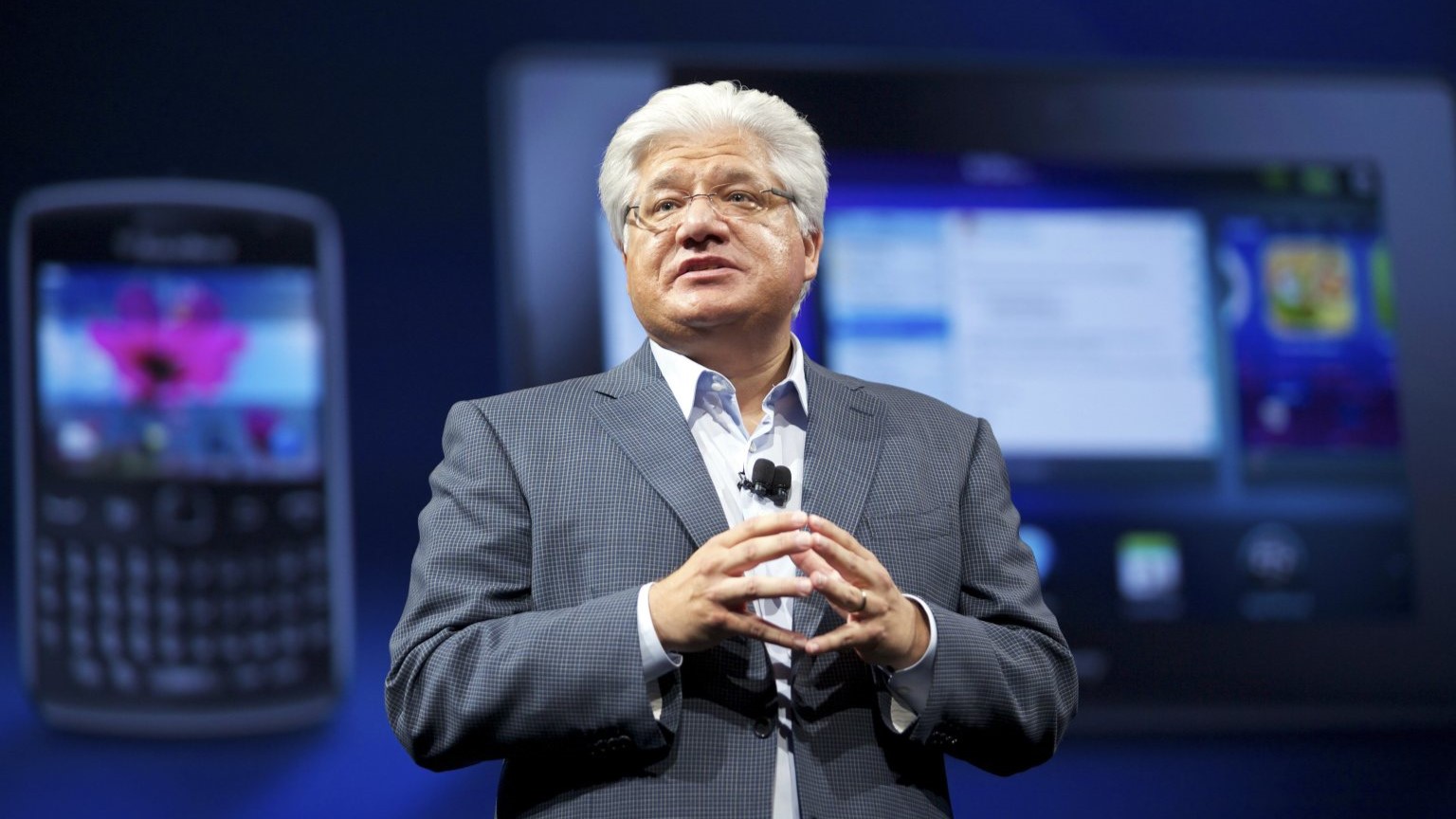By Harry Fatouros.
From Ancient Greece to the 21st century there have been many notable Greeks who have had a profound impact on our life today. Mike Lazarides is one of those.
Mike Lazaridis was born on March 14, 1961 in Istanbul, Turkey during a year that the city suffered extreme turmoil. Five years later he left for Canada.
His family had lived in Anatolia (now Turkey) for generations and originated from the Aegean island of Chios. In 1966, the Lazaridis family followed the Greek exodus from Istanbul and migrated to Canada. They arrived in Montreal with three suitcases between them. The family settled in Windsor, Ontario which is an industrial city on the US border and within eyesight of Detroit. It is also home to one of the largest Chrysler vehicle assembly plants in the area. This was the line that produced the famed Dodge Charger and the Valiant. Mike went to school while his father, Nick, began work on the assembly line at the Chrysler factory, and his mother, Dorothy, worked as a seamstress.
The young Mike showed an early interest in science and was a regular visitor to the Windsor Public Library. At age 12, he won a prize for reading every science book in the library. It was this precocious interest in science that launched him into a career that revolutionised the way people communicated with each other.
In the 1960s, the world of personal communications was by today’s standards primitive. The main electronic communication device was the telephone. A black box-like instrument with a shiny metal rotary dial and a heavy handset sitting on top, connected with a stiff cord. It usually sat in the hallway of the house, often on a piece of furniture commonly known as the telephone table. This telephone was connected by two wires which went out into the street and ran along poles up in the air or along underground pipes to a building nearby called an Exchange. From there, thousands of wires went to other Exchanges and into other homes as well as around the country and progressively around the world. Nowadays it is known as the Copper Network. It was a very expensive system and not affordable by the majority of people.
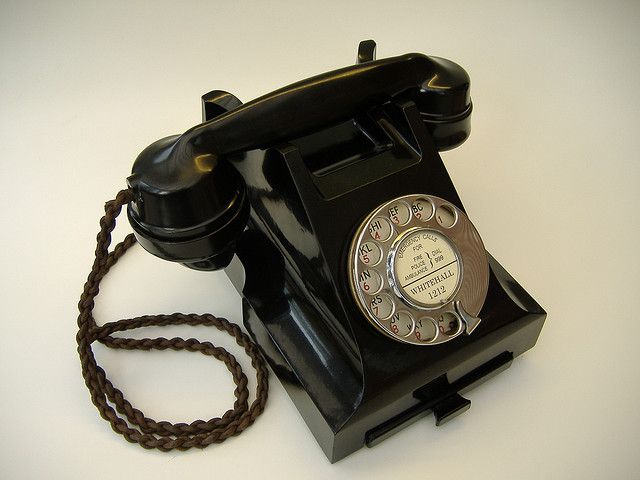
It’s hard to believe today, that in the 1960s most houses did not have a telephone. The USA and Canada had the highest number of telephones at 26 and 28 respectively for every 100 people. Australia had 15 telephones for every 100 people. All the other countries had far less. UK 9, France 5, Germany 4, Japan 4, Greece 2.
The key feature of communications for many decades was that it was all connected with wires. For many people the fascination with communications was how to be wireless – long before Mobile phones, the Walkie-Talkie always excited adults, and children alike. The ability to talk to someone across even a short distance without being connected by wire was amazing.
Mike was one of those fascinated by the technology of wireless transmission. During his high school years, even though his main studies focused on Honours Maths and Physics, he was one of the few to also take as a study option what in Canada was known as ‘Shop’ (short for ‘Workshop’). The teenage Mike loved and excelled at the theories pertaining to Maths and Physics but was intensely interested in the practical applications of all that theory.
In ‘Shop,’ Mike was busy putting those theories in Maths and Physics to practical use by building circuits that could be used to control power and control systems. At the same time, he was spending time with his school friend Doug Fregin, learning about the circuits in computers and how to build logic gates (switches) and memory arrays (data storage).

As often happens in schools Mike and Doug had an inspirational teacher in Electronics ‘Shop’. In an interview broadcast in 2012 on the The Science Show on ABC (Australia), Mr. Lazarides was quoted as saying, “Mr Micsinszki taught me to be careful not to limit myself to only computers, not to focus too narrowly… that in the future, electronics, computers and wireless were all going to combine. Mr Micsinszki was a visionary, and his words would inspire Doug and me long into our careers.”
When he finished High school in 1979, he entered the University of Waterloo for a Degree in Electrical Engineering and Computer Science. Here he studied Microprocessor design, Radio Frequency systems and Computer networking.
Not one to just attend classes at University he continued experimenting with wireless. With Doug Fregin he developed a unique wireless data system – the Budgie Display System for shop advertising.
As fate would have it, in early 1984 General Motors announced a Request For Proposal from suppliers to develop a “network computer control display system”. This was a godsend for Mike and Doug. Their proposal for a wireless Led display network (a more advanced version of the Budgie Display System) won the contract. So on March 7th, 1984, Mike Lazarides and Doug Fregin launched the company Research In Motion (RIM). This was the company that would go on, a decade later, to invent the Smart phone – the BlackBerry.
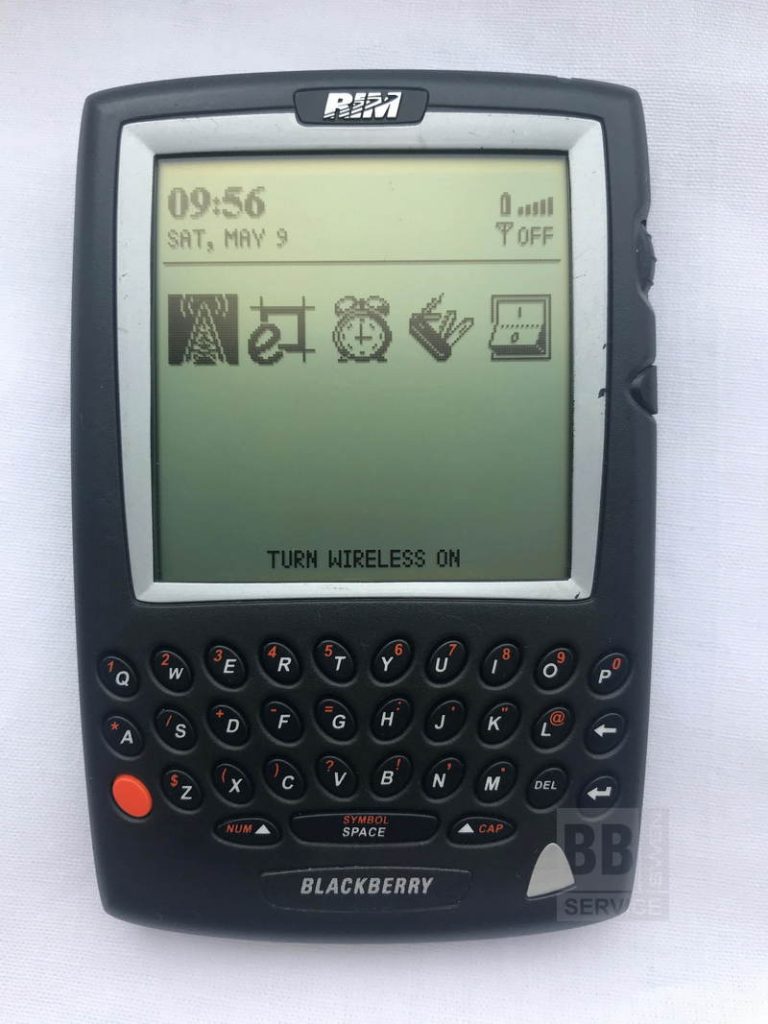
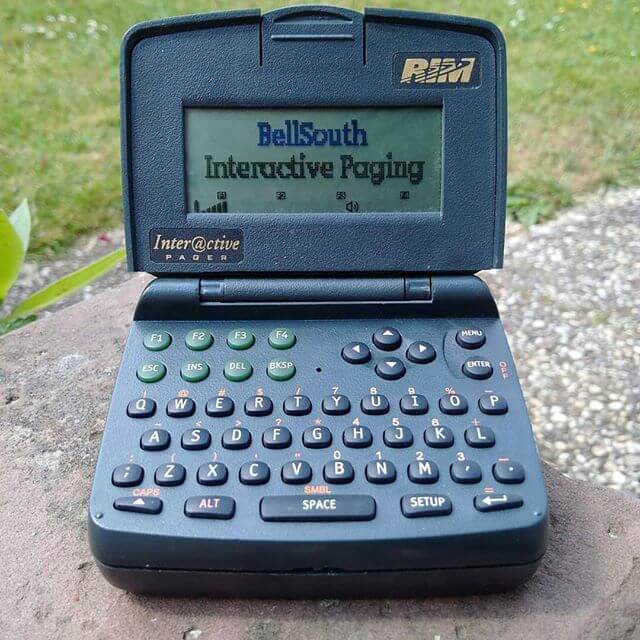
For now this new display system generated enough cash for RIM to put in proposals for other projects. An extremely successful early project, the RIM DigiSync was developed in 1991. It is used around the world in motion picture laboratories, negative film cutting, and media post-production facilities. The RIM DigiSync reads, and catalogues the optical information stored on the edge of motion picture film in the form of bar-coding. This was truly a new idea and a major advancement in film production – the RIM DigiSync meant that work which used to take a film editor two days now required only 20 minutes. This invention resulted in two unusual honours for Mr Lazarides: An Emmy Award in 1994 and an Academy Award in 1998 for Technical Achievement for his role in inventing the digital-barcode reader for film editing.
This early success did not distract Mike from his major interest, Mobile data communication. Although there were mobile two-way radios in cars and hand-held two-way radios, used by police and emergency services, these were voice only; there were no hand-held Mobile Data systems.
The real kick-start to Mike’s ambitions came with the launch in 1986 of the Mobitex data system in Sweden. Developed by Sweden Telecom it was the first open access mobile data network. It soon became available under various names in over 30 networks on five continents.
Mike immediately saw the possibilities of this network since he had been dreaming and working on similar ideas. At this time computers and email were in use across the world but to get your email you had to use a desktop computer connected by wires to the Internet. Mobile data communications were primitive. You could get short limited messages on a pager but you could not reply. They were one way, receive only.
Mobitex and Lazarides changed all that very quickly. RIM became involved writing software for Mobitex which led to the development of various wireless data devices such as the first ever wireless Point of Sale terminals.
Working with Mobitex gave Mike an early entry into the world of wireless data transmission and consequently went on to introduce the most innovative range of mobile communication products.
The real breakthrough in mobile communications came in 1996 when RIM released the first two-way pager the RIM900 Interactive Pager followed by the RIM950 and then in 2000 the first hardware that resembled the BlackBerry the RIM957. All these offered two-way text messaging and email which meant almost instant communication. But importantly they incorporated a physical ‘qwerty’ keyboard. This might seem unremarkable now but in 1996 it was revolutionary. Development of these products came in leaps and bounds as more functionality was introduced. It is important to note that all these products at the time were aimed at the corporate market and businesspeople showed that they were hungry for such products by using them almost exclusively. For the first time users could get their email instantly while sitting in a café and instantly reply.

The BlackBerry Smartphone era began in March 2002, when RIM unveiled the BlackBerry 5810. The first model to incorporate text, email, a Web browser and phone capability, a true Smartphone. In the next two years further advancements were made and a colour screen was added.
The BlackBerry caught on first with stockbrokers, politicians, as well as stars like Pamela Anderson and Matt Damon. The Prime Minister of Canada at the time, Mr. Chrétien is reputed to have sent his first e-mail on a BlackBerry to Mr. Lazaridis. Soon, with the newer models arriving quickly, the BlackBerry was handed out to employees of most corporations and Government officials. The reason was that the BlackBerry Messenger service had the highest security clearance. The US government was one of BlackBerry’s biggest customers. The BlackBerry was ubiquitous in business and Governments and, due to its addictiveness, was nicknamed the ‘CrackBerry’, after the truly addictive substance, Crack Cocaine.
Mike’s ideas and products dominated the Smartphone market for most of the first decade of the new millennium. As often happens in many companies RIM did not foresee the changing market, as well as the impact of the touch screen, introduced by Apple in 2007. RIM did not see the iPhone as a serious competitor to its corporate market. They were, of course, wrong. People fell in love with the touch screen. Nokia’s dominance in the consumer market also suffered a similar fate – BlackBerry and Nokia’s operating systems were not designed for a touch screen. The market for Smartphones began to change significantly with the result that professionals were not the biggest market. The features in demand from consumers now were games, selfie cameras, and social networking, Facebook and Instagram.

The BlackBerry’s dominance peaked in September 2010 with 22 million users, or 37% of the 59 million American smartphone users at the time. Use of Apple iPhone’s in the United States finally surpassed the BlackBerry in April 2011. New competitors also entered the market: Sony, Motorola, HTC, Samsung, LG, all using Google’s free Android mobile operating system released numerous smartphone models.
By this time Mike had resigned as CEO of RIM. He was ready to move to the next stage of his quest to put Physics and Maths to practical use.
In 2000, Mike with a donation of more than $170 million founded the Perimeter Institute for Theoretical Physics. In 2002 he and his wife Ophelia also donated more than $100 million to found the Institute for Quantum Computing (IQC) and the Quantum-Nano Centre at the University of Waterloo.
The Perimeter Institute has already become an international beacon for theoretical physics and the IQC is widely regarded as the leading centre of quantum information science worldwide. One of its alumni is Steven Hawking. Together, these Institutes have transformed physics in Canada and made a major impact internationally.
There is logic in these creations: The Perimeter Institute for Theoretical Physics is where scientists think about Physics at a fundamental level. The Institute for Quantum Computing is where experimenters build on the theory to create new quantum technologies. The Quantum Nano Centre is where the prototyping of new materials to be used as the building blocks of the future takes place.
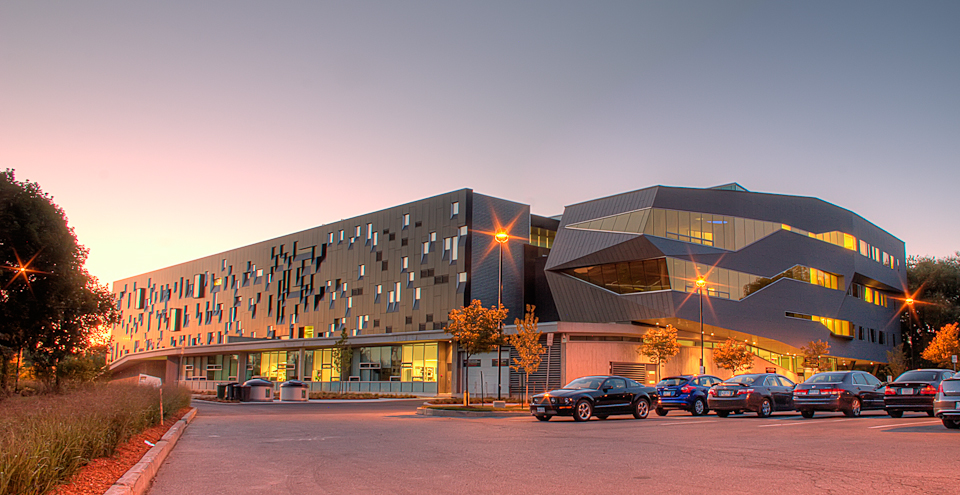
Again we see the Lazaridis principle of putting theory to use so as to create new products and new industries to revolutionize the world.
Mike often wanders around the rooms of the Perimeter Institute to listen to physicists’ discussions about the secrets of the universe. He admits that he doesn’t understand much of what he hears. He muses that it may take a half-century to produce a major breakthrough but he is a patient man. In a culture where many wealthy men spend their money on grandiose mansions and giant yachts he has the Perimeter Institute.
The Lazaridis family life is the common migrant story: family arrives in the new world, father goes to work on the vehicle factory assembly line, mother works in the clothing factories, son goes to school and makes good. But Mike is more the quiet Canadian rather that the flamboyant billionaire. He still has lunch with his parents once a week and still talks to his high school teacher regularly.
Over the years he has received many honours. In the global wireless community he is recognised as the “father of the smartphone” and as a visionary, innovator and engineer of extraordinary talent. The University of Waterloo bestowed on him an honorary Doctor of Engineering degree in 1999 and in 2003 he was appointed Chancellor. In 2006, he was made an Officer of the Order of Canada and a member of the Order of Ontario. In 2014 he was elected a Fellow of the Royal Society.
And of course, unusually for a Physics geek and engineer, an Academy Award and an Emmy Award for technical achievements in the film industry.

